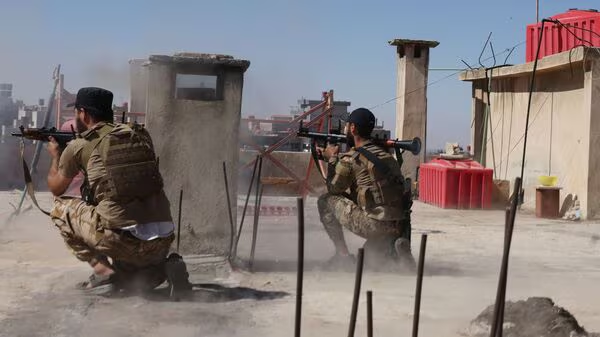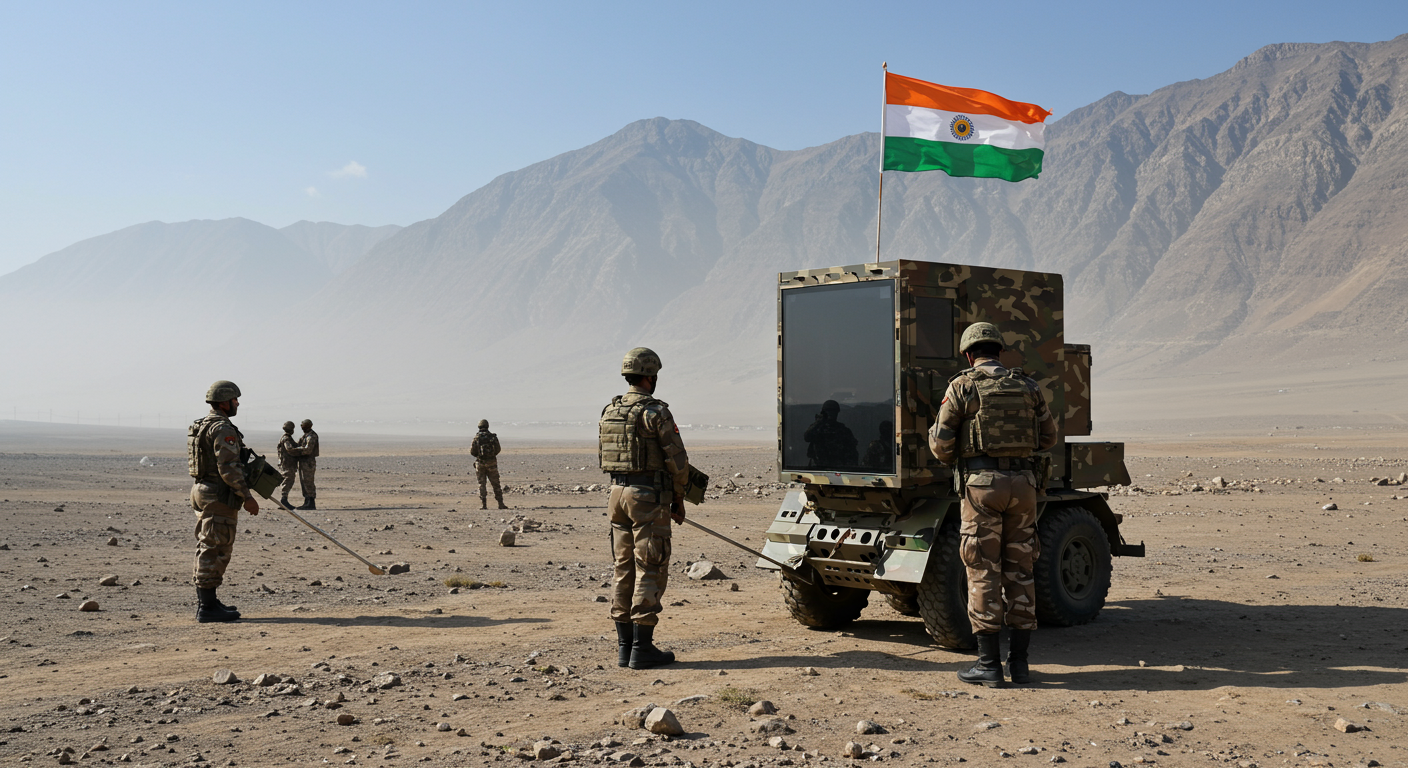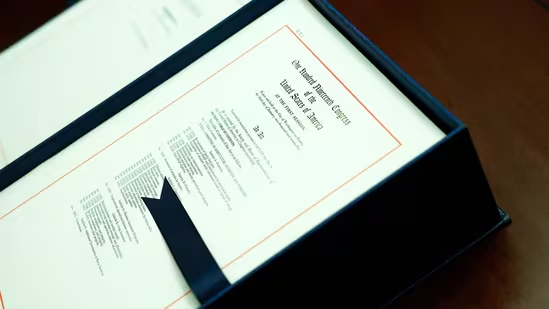Israel Syria Airstrikes: Inside the Rising Druze Conflict in Southern Syria
- Abhishek

The Israel Syria Airstrikes have once again turned international attention toward the volatile Syrian landscape. In a dramatic escalation, Israeli forces targeted the entrance of Syria’s Ministry of Defense headquarters in Damascus. This bold strike came amid intensifying clashes between Syrian government forces and armed Druze groups in southern Syria, particularly in the Sweida and Daraa regions. The airstrike not only highlights Israel’s growing concern over regional instability but also underlines the complex role the Druze community plays in Syria’s prolonged conflict.
The Israeli Defense Forces confirmed their involvement in the airstrike, stating that they had deliberately targeted a military building in Damascus in response to Syria’s military actions against the Druze population. This is not the first time Israel has intervened in Syrian affairs. However, striking so close to the heart of Syria’s power – its Defense Ministry – is rare and carries significant political weight. Israeli officials claimed that the strike served as a direct message to the Syrian regime, warning them against further military operations in Druze-majority areas.
The Druze Clashes have become a central focus of southern Syria’s ongoing conflict. The Druze are a religious and ethnic minority with a long history in the region. In recent months, tensions have surged between the Druze community and the Syrian government. Local armed Druze groups, frustrated by what they see as systemic neglect and aggression, have increasingly clashed with Syrian government troops. These clashes have escalated into full-blown confrontations, leading to dozens of deaths, destruction of military equipment, and disruption of civil life in towns like Sweida and Jaramana.
The backdrop to these tensions is the broader Southern Syria Conflict, which has been simmering for years but took a sharp turn in July 2025. The conflict began escalating rapidly from July 13 onwards, as Druze fighters launched a series of attacks on Syrian military positions in response to government crackdowns and rising repression. The government responded with heavy-handed military operations, prompting fears of ethnic persecution among the Druze and leading to violent engagements across the region.
By July 15, despite attempts at brokering a ceasefire, the situation had deteriorated. Israel, concerned about the safety of the Druze community, especially given its own significant Druze minority population, stepped up its military response. The result was a wave of Israeli airstrikes targeting Syrian army convoys, weapons depots, and strategic military installations — including the Tha’lah airbase. These strikes significantly weakened the Syrian army’s mobility and capacity in the southern region, but also fueled fears of a broader conflict spilling into neighboring countries.
In total, the clashes have left more than 200 people dead — including government troops, Druze fighters, and civilians. Infrastructure in the affected areas has been severely damaged, and thousands of residents have been displaced. The airstrikes, while welcomed by some Druze leaders, have also raised concerns of increased foreign military involvement in an already complex civil war.
Israel has defended its actions by citing humanitarian grounds and its commitment to protect its ethnic brethren across the border. Prime Minister Benjamin Netanyahu and Defence Minister Israel Katz have made strong statements emphasizing that Israeli strikes will continue unless the Syrian regime pulls back its troops from Druze areas. Netanyahu has also advised Israeli citizens, particularly in the north, to avoid travel to areas near the border, citing the seriousness of the situation.
The Syrian government, on the other hand, has condemned the airstrikes and accused Israel of violating Syrian sovereignty. Damascus insists that its operations are aimed at restoring order and eliminating what it calls “armed insurgents” in Sweida and other regions. Meanwhile, Syrian state media has portrayed Israel’s actions as attempts to destabilize the country and inflame sectarian tensions.
The regional implications of the Israel Syria Airstrikes are profound. With Iran and Hezbollah closely aligned with the Syrian regime, any further Israeli involvement risks sparking a larger conflict that could draw in other nations. Already, protests have erupted in Lebanon, with some Druze leaders there accusing Israel of using their community’s suffering to justify military aggression.
For the international community, the situation presents a complex challenge. On one hand, the protection of minorities like the Druze is an important humanitarian issue. On the other, foreign airstrikes — especially near capital cities — risk igniting full-scale war. Diplomats and aid organizations are urging both Israel and Syria to seek dialogue and avoid actions that could worsen the humanitarian crisis.
The path forward is uncertain. Israel appears firm in its stance that it will continue targeting Syrian military operations in Druze areas. Syria, equally resolute, vows to regain control of all its territory, including rebel-held or Druze-majority regions. As both sides harden their positions, civilians bear the brunt of the violence — losing homes, loved ones, and their sense of safety.
In summary, the Israeli strike on the Syrian Defense Ministry is more than a military maneuver — it is a signal of shifting dynamics in the Southern Syria Conflict. With Druze Clashes intensifying and diplomatic solutions still out of reach, the region teeters on the edge of deeper instability. What happens next will depend heavily on whether international pressure can rein in the violence and steer the parties involved toward peace.








